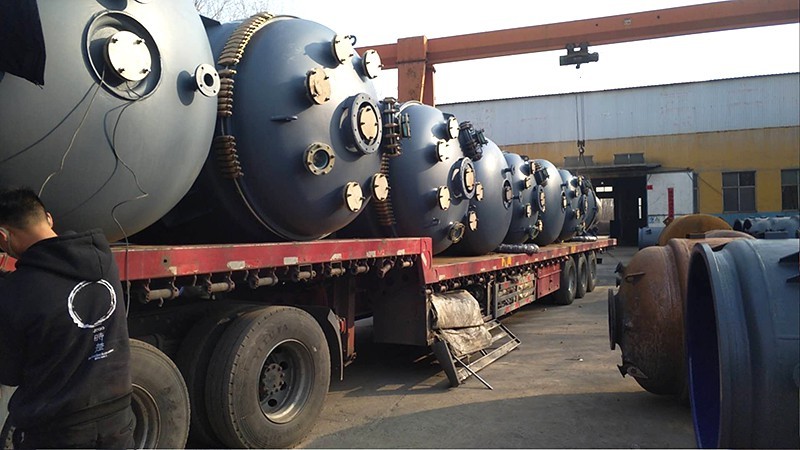

The damage to the porcelain layer of the enamel reaction tank can have a series of specific impacts, which not only affect the performance and lifespan of the equipment, but may also have serious consequences on the production process and product quality. The following is a detailed analysis of the specific impact of enamel reaction tank factory on ceramic layer damage:
After the ceramic layer is damaged, the reaction medium may come into direct contact with the metal substrate, resulting in a decrease in heat transfer efficiency, which in turn affects the reaction rate and efficiency. The damaged ceramic layer may also cause local overheating or uneven cooling, further disrupting the reaction process.

Damage to the porcelain layer of the enamel reaction tank may result in equipment leakage in high-pressure, high-temperature, or corrosive environments, leading to safety accidents. The leaked corrosive medium may cause harm to operators and pollute the environment.
After the porcelain layer is damaged, the equipment needs to undergo frequent maintenance and repair, including porcelain repair, replacement of damaged parts, etc., which will significantly increase maintenance costs. Long term damage to the porcelain layer may also lead to a decrease in overall equipment performance, shorten equipment lifespan, and increase the cost of replacing new equipment.
Damage to the porcelain layer may lead to an increase in impurities in the reaction medium, such as metal ions, which may affect the quality and performance of the enamel reaction tank. In some sensitive application areas, such as food and medicine, trace amounts of metal ion contamination may lead to product failure or recall.
 Address:Room 1202, Detaitang Building, No. 118 Huaguang Road, Zhangdian District, Zibo, Shandong
Address:Room 1202, Detaitang Building, No. 118 Huaguang Road, Zhangdian District, Zibo, Shandong WhatsApp:+8613386433135
WhatsApp:+8613386433135 Tel: +8613386433135
Tel: +8613386433135